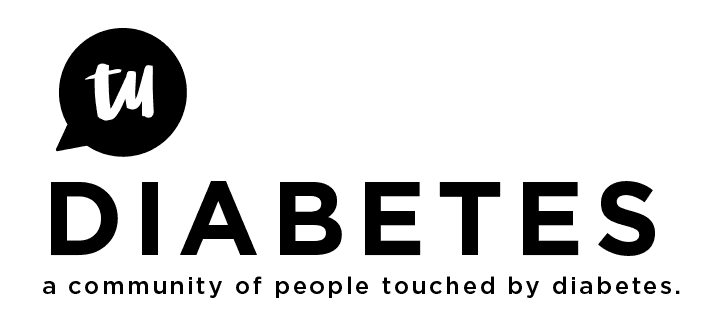So this is a random question, but can you test blood sugar from toes, and are the readings accurate?
I think so…
We did all overnight checks on my daughter’s toes for the first 3 yrs or so. We verified against a fingerstick a few times. There was not much difference.
yes, but I wouldn’t check for quick acting insulin hypo or after meals, where 10 minutes matter… good for basal…FBG and before a meal to save your fingers, but so is your arm…google alternate sites, arm and palm.etc.
those suction pens would be good on alternate sites, where it’s not easy to squeeze a drop…
touch your thumb and little finger together, you will see 2 nice pads towards your wrist you can stab, they say it’s as accurate as finger. and can be used for hypo and corrections
PS, you’re doing better than me if you can touch your toes 
Tia - sounds like something you could do for an infant but might not be a good idea (accuracy issues aside) for adults - infection in the feet is a real concern for most of us - my endo freaks if I show her a blister I might tell her I’m doing tootsie pricks on April fools day just to catch the reaction 
She was 11 at dx, although the first couple of years of adolescence she sometimes acted like an infant.  . Now that she’s crossed the threshold into adulthood, the bigger hurdle would be convincing her to poke her toes, & I’m too old for wrestling matches. One thing we’ve learned is what management techniques we can & can’t share with the endo. If we ran everything for pre-approval she would still be stuck on MDI, without a CGM or Sugar Surfing, & following their ridiculous high carb meal plan. If she ever chooses to use alternate sites in the future, I’m sure that bit of info will be among her many secret techniques.
. Now that she’s crossed the threshold into adulthood, the bigger hurdle would be convincing her to poke her toes, & I’m too old for wrestling matches. One thing we’ve learned is what management techniques we can & can’t share with the endo. If we ran everything for pre-approval she would still be stuck on MDI, without a CGM or Sugar Surfing, & following their ridiculous high carb meal plan. If she ever chooses to use alternate sites in the future, I’m sure that bit of info will be among her many secret techniques.
Ha - so glad I was a gezzer before the T1 - it would have been something else to rebel against, and believe me I had a gigantic chip on my shoulder as it was!
Dr Bernstein suggests the back of the finger - think you have to go with a minimal setting on the lancet tho…
Any place is essentially satisfactory as far as quality; the limiting factor is whether the amount of blood drawn is sufficient for the glucometer to read. Regarding feet in particular, note that diabetic feet are prone to poor circulation which makes them much more susceptible to infection so it’s not recommended. If absolutely necessary, sterile technique with hibiclens prep and subsequent sterile dressing with neosprin or triple antibiotic ointment is essential.
